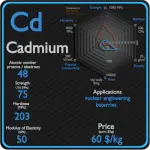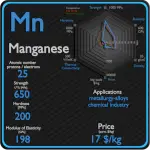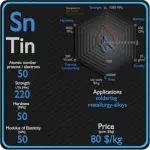This article contains comparison of key thermal and atomic properties of cobalt and copper, two comparable chemical elements from the periodic table. It also contains basic descriptions and applications of both elements. Cobalt vs Copper.
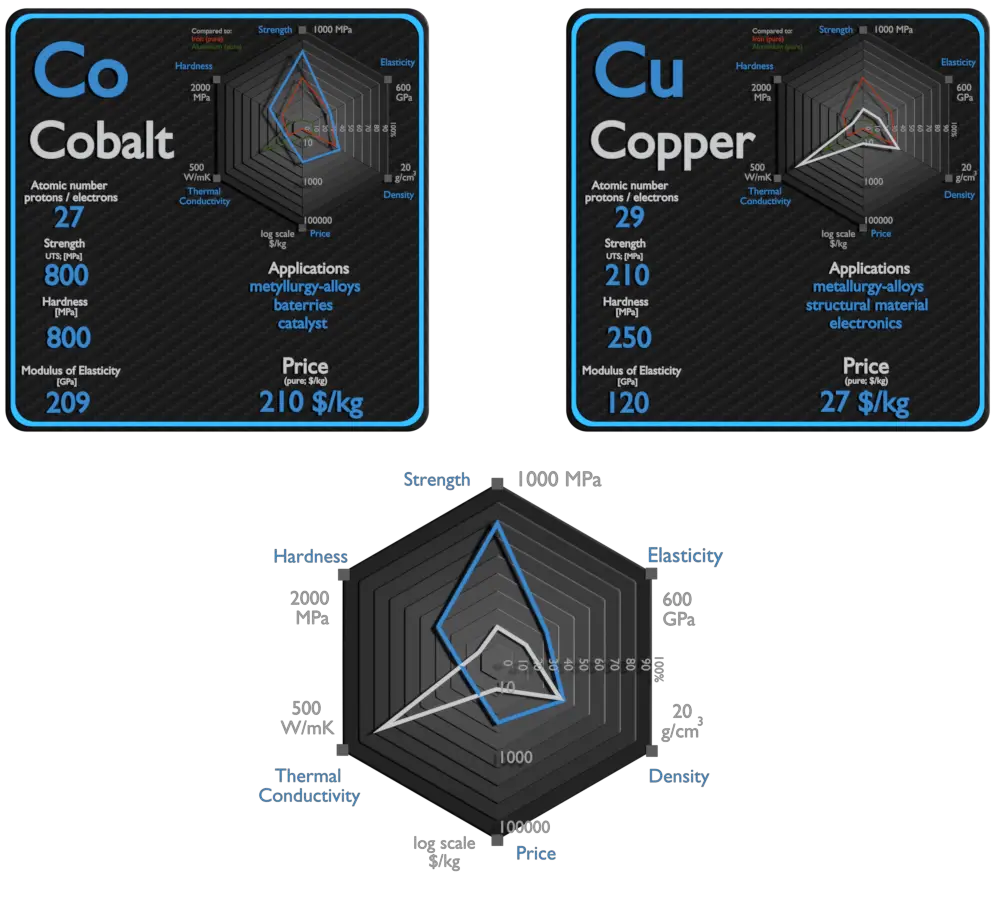
Cobalt and Copper – About Elements
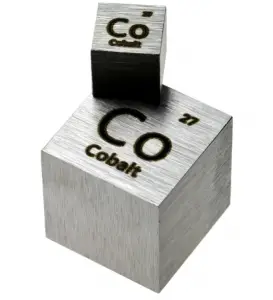

Source: www.luciteria.com
Cobalt and Copper – Applications
Cobalt
Cobalt has been used in many industrial, commercial, and military applications. Cobalt is primarily used in lithium-ion batteries, and in the manufacture of magnetic, wear-resistant and high-strength alloys. Cobalt-based Superalloys. This class of alloys is relatively new. In 2006, Sato et al. discovered a new phase in the Co–Al–W system. Unlike other superalloys, cobalt-base alloys are characterized by a solid-solution-strengthened austenitic (fcc) matrix in which a small quantity of carbide is distributed. While not used commercially to the extent of Ni-based superalloys, alloying elements found in research Co-based alloys are C, Cr, W, Ni, Ti, Al, Ir, and Ta. They possess better weldability and thermal fatigue resistance as compared to nickel based alloy. Moreover, they have excellent corrosion resistance at high temperatures (980-1100 °C) because of their higher chromium contents. Several cobalt compounds are oxidation catalysts. Typical catalysts are the cobalt carboxylates (known as cobalt soaps). They are also used in paints, varnishes, and inks as “drying agents” through the oxidation of drying oils.
Copper
Historically, alloying copper with another metal, for example tin to make bronze, was first practiced about 4000 years after the discovery of copper smelting, and about 2000 years after “natural bronze” had come into general use. An ancient civilization is defined to be in the Bronze Age either by producing bronze by smelting its own copper and alloying with tin, arsenic, or other metals. The major applications of copper are electrical wire (60%), roofing and plumbing (20%), and industrial machinery (15%). Copper is used mostly as a pure metal, but when greater hardness is required, it is put into such alloys as brass and bronze (5% of total use). Copper and copper-based alloys including brasses (Cu-Zn) and bronzes (Cu-Sn) are widely used in different industrial and societal applications. Some of the common uses for brass alloys include costume jewelry, locks, hinges, gears, bearings, ammunition casings, automotive radiators, musical instruments, electronic packaging, and coins. Bronze, or bronze-like alloys and mixtures, were used for coins over a longer period. is still widely used today for springs, bearings, bushings, automobile transmission pilot bearings, and similar fittings, and is particularly common in the bearings of small electric motors. Brass and bronze are common engineering materials in modern architecture and primarily used for roofing and facade cladding due to their visual appearance.
Cobalt and Copper – Comparison in Table
| Element | Cobalt | Copper |
| Density | 8.9 g/cm3 | 8.92 g/cm3 |
| Ultimate Tensile Strength | 800 MPa | 210 MPa |
| Yield Strength | 220 MPa | 33 MPa |
| Young’s Modulus of Elasticity | 209 GPa | 120 GPa |
| Mohs Scale | 5 | 3 |
| Brinell Hardness | 800 MPa | 250 MPa |
| Vickers Hardness | 1040 MPa | 350 MPa |
| Melting Point | 1495 °C | 1084.62 °C |
| Boiling Point | 2927 °C | 2562 °C |
| Thermal Conductivity | 100 W/mK | 401 W/mK |
| Thermal Expansion Coefficient | 13 µm/mK | 16.5 µm/mK |
| Specific Heat | 0.42 J/g K | 0.38 J/g K |
| Heat of Fusion | 16.19 kJ/mol | 13.05 kJ/mol |
| Heat of Vaporization | 376.5 kJ/mol | 300.3 kJ/mol |




